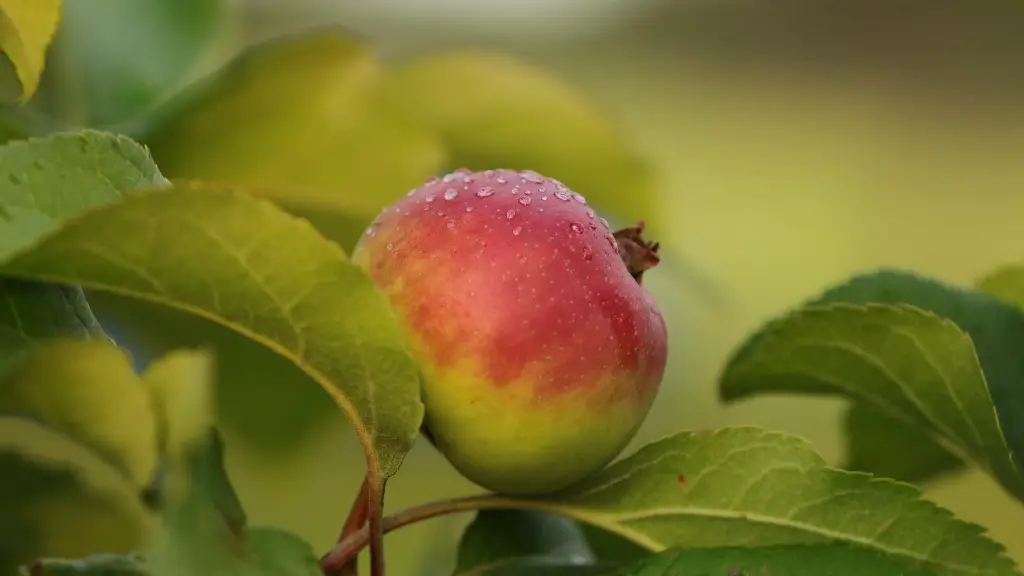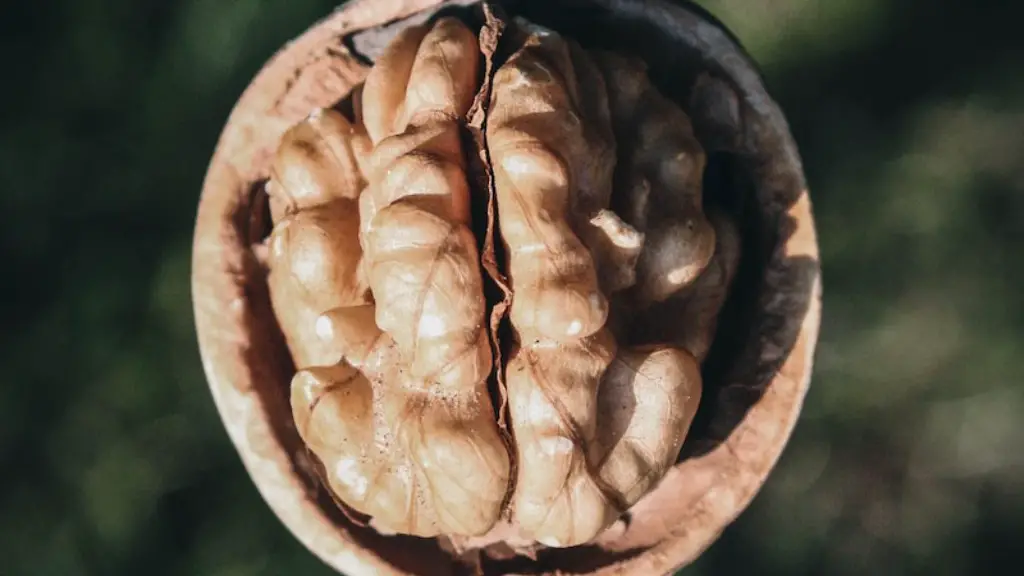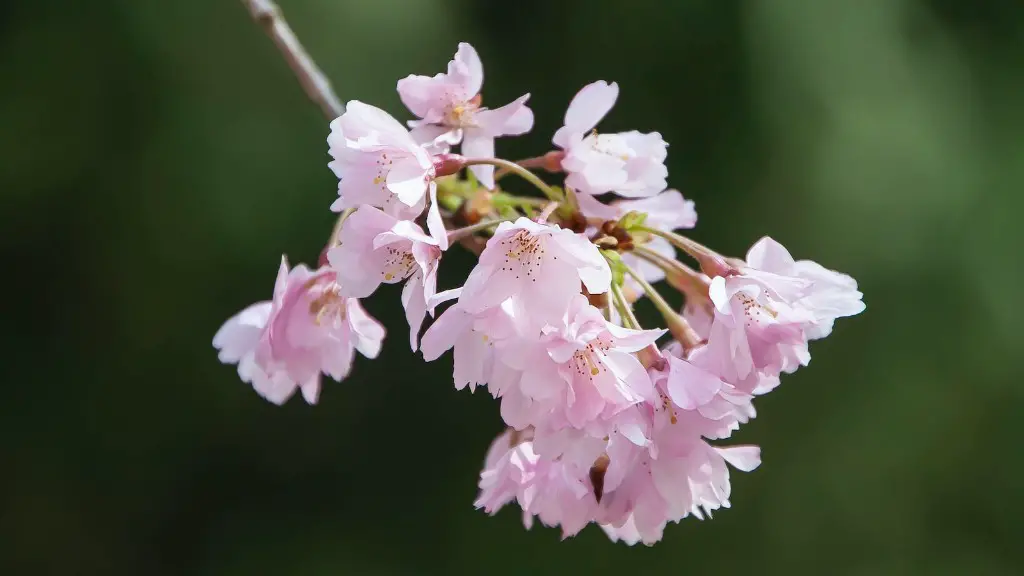Prune an apple tree as soon as it’s planted; it’s important to shape the young tree while it’s still malleable. Once it’s begun bearing fruit, prune it every winter; this helps by removing weak, diseased, and dead branches, thus promoting the health of the tree and its bounty. One way to prune is by shortening tree branches, so the main stem and leader are the tallest. This should be done with shears to maintain the overall shape of the tree; when taking out dead wood, make sure it’s cleanly cut and remove any suckers that rob the tree of essential nutrients. Another type of pruning is thinning, also done with shears, which allows for more air to flow through the tree, thus encouraging strong future growth. During this process, take out branches which are too dense or crossing over each other, as these inhibit growth. Also, cut off any branches that are growing horizontally, as this promotes a weak root system.
At a certain point, however, tree pruning becomes counterproductive. After a certain age — usually between fifteen and twenty-five years — even regular pruning won’t stimulate growth, as the tree isn’t as malleable. In fact, it could damage the tree’s fruit production, and more intensive pruning could lead to the apple tree not bearing fruit. Furthermore, pruning reduces the amount of energy produced by leaves and sends the tree into ‘shock’, which reduces the effectiveness of the immune system and makes it more vulnerable to pests and diseases, like black spot. Prune too much and the tree may take two or three years to recover.
Tools and Brushes for Pruning an Apple Tree
Having the right tools is essential to prune an apple tree correctly; it’s important to have a sharp pair of anvil or bypass pruners for branches up to an inch in diameter, a curved saw for branches over an inch in diameter, and a pole pruner if branches are too high to reach. To protect the body, a pair of leather gloves and a pair of heavy-duty chaps should be worn. Lastly, it’s important to check the overall condition of the tree, removing any loose vines that can kill branches, or any excessive sprouts that can weaken a tree.
Pruning Young Apple Trees
It’s important to shape young apple trees when they’re planted; pruning should focus on height, shape, and proportion. Most fruit trees will have a central trunk, or leader, and then three to five horizontal branches that protrude at an angle away from the main trunk. This gives the tree a pyramid shape, with the strongest growth close to the top. For young apple trees, the leader should be rounded at the top, giving a bowl shape, so that the sun can penetrate through the branches evenly. Any side branches should be pruned back to the angle of the leader and be in a flared pattern, so that sunlight can penetrate evenly and stimulate growth.
Pruning Large Apple Trees
Once the apple tree is mid to mature sized – usually within 15-25 years – it’s important to be gentle with pruning. The main focus should be removing dead, damaged, and weak branches, as well as removing over-crowded branches to promote air flow; it’s a good idea to remove no more than one-fifth of the tree each year. By continuing to prune over too many years, the tree will suffer from stress-induced health issues and slow growth, or even death. If using the thinning technique, the cuts should be made to be flush with the branch so the bark can heal and no lasting damage is done.
Pests Affecting Apple Trees
Apple trees are particularly vulnerable to pests, so it’s important to monitor for signs of infestation; especially in the summertime, when their population rapidly increases. One of the most damaging is the apple codling moth, which lays their eggs on the underside of new leaves, before the larvae tunnel through the apple and eat the core. Other moths and wasps can damage the fruit, while the spotted lanternfly can damage the trunk. It’s important to identify which kind of pest is damaging the tree and to use the appropriate removal technique, such as spray or insecticide bait.
Winter Pruning of Apple Tree
It’s important to prune an apple tree during the winter time, as this allows for easier identification of any dead branches and gives the tree time to recover from the shock of pruning. In the cold months, the sap won’t be running, so there will be less damage to the tree. When pruning in the winter, it’s important to leave any branches that protect the tree from harm, such as frost giants or animal break-ins. Also, don’t prune trees that are in an area that commonly floods, or any moist areas which can be prone to fungal infection from pruning damage.
Tree Grafting
When pruning an apple tree, it’s important to be aware of how the tree reproduces, as this will help with successful pruning in the long run. Grafting is a technique used to introduce new varieties of apples, or to create shapes like hearts or fans, and though it requires expertise, the rewards can be worth it. To graft a tree, a male and female branch are grafted together in winter, usually after the main pruning is complete. The branch is then tied in place so it’s secure and the bark can grow together. After this procedure, the tree should be monitored; once the grow together, the tree will thrive, bearing fruit every year.
Advantages of Pruning an Apple Tree
The benefits of pruning an apple tree extend beyond just a nice shape and good air flow. A well-pruned tree has higher levels of photosynthesis, thus increasing fruit production and creating sweet, juicy apples. Pruning directs the tree’s energy, improving growth rates and sprouting more branches evenly around the tree. Furthermore, since the shape and branch arrangement of a tree is conveniently more accessible, it’s easier to monitor for any signs of pests or diseases. Lastly, regular pruning keeps an apple tree manageable and prevents any unnecessary large branches, making it easier to harvest.
Types of Pruners
When pruning an apple tree, it’s important to use the right tool for the job; no matter the size or condition of the tree, the pruning tool can make or break the success of the pruning. Hand pruners are the common tool for most pruning, as they are made for both small and large branches. Pruning saws are ideal for large branches and low-hanging trees, while a lopper is best for branches between one and 3 inches in diameter. Finally, pole pruners are best for high branches; they extend up to 12 feet and can easily cut through branches. When pruning an apple tree, it’s important to pick the best pruning tool for the job.
Checklist When Pruning an Apple Tree
Pruning an apple tree is no small task; it requires dedication and attention to detail. It’s important to remember the following steps when pruning an apple tree: first, prune the tree closely around the bud union to remove any weak limbs and prevent any pest damage; second, tend to the shape of the tree, allowing a good air flow between the branches; third, only remove one-fifth of the tree each year; fourth, make sure that the cuts are clean; and fifth, protect yourself with leather gloves, heavy-duty chaps, and safety goggles. By following these steps, pruning an apple tree should be a breeze, allowing it to thrive for years to come.


